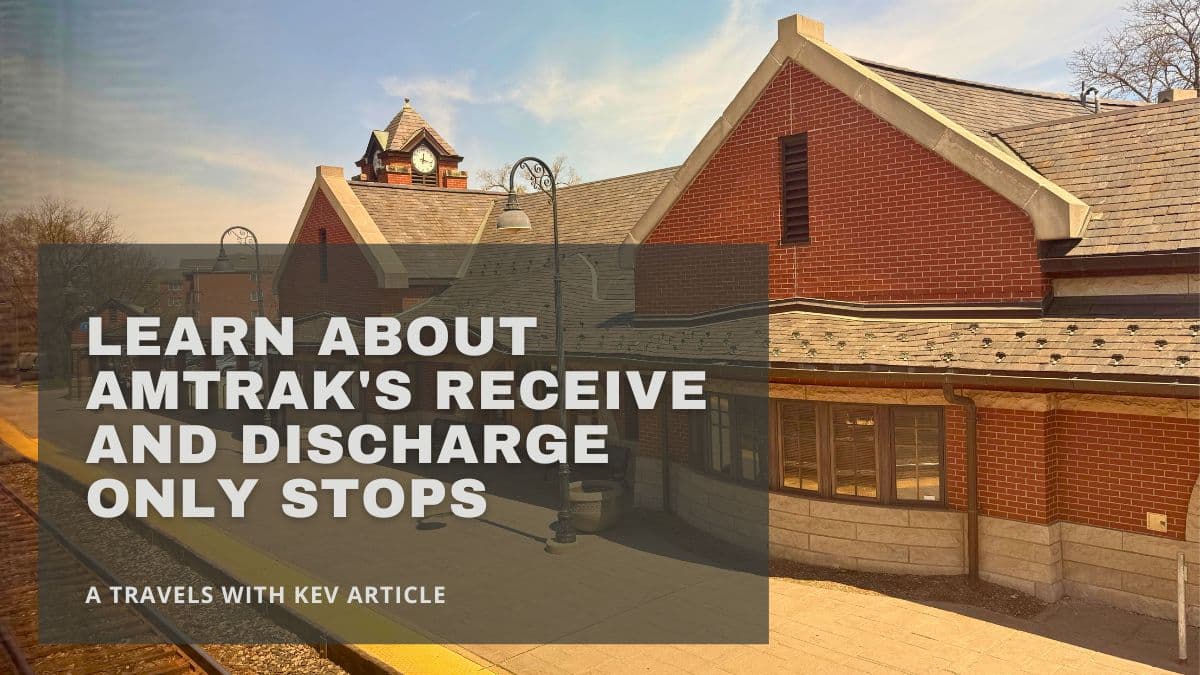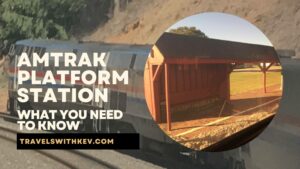If you’re planning your first Amtrak trip and are carefully reviewing the schedule (great job being thorough!), you might come across some phrases that can be confusing, such as “receive only” or “discharge only.”
What do these terms mean, and how do they affect your travel plans?
Let’s break it down the easy way.
Quick Definitions: Receive Only vs. Discharge Only
- Receive Only: The train only picks up passengers here—it doesn’t let anyone off.
- Discharge Only: The train only lets passengers off—it doesn’t board new ones.
Think of it like this:
You can board the train at a receive-only stop but not disembark there.
At a discharge-only stop, passengers can get off the vehicle, but no new passengers can board.
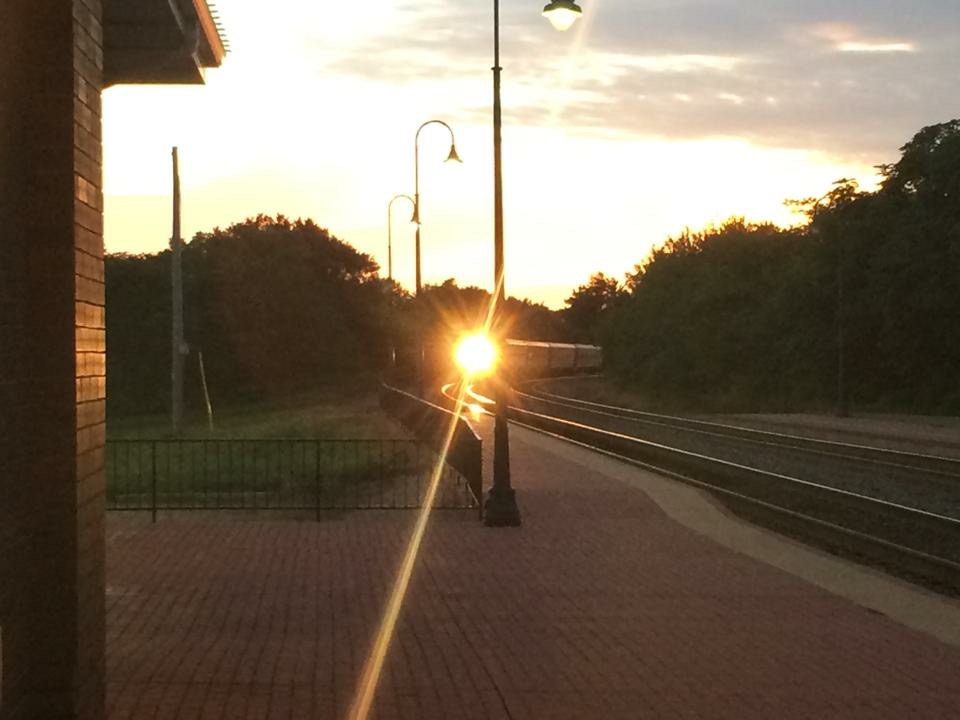
Why Does Amtrak Do This?
Efficiency and timing are key factors.
In major metropolitan areas, some train stations are situated very close to one another to enhance convenience and service. If long-distance trains were to stop at every station served by regional trains for passenger pick-up and drop-off, it would significantly slow down their routes. This increased congestion could also limit the number of regional trains operating efficiently in the area.
Regional trains typically serve these local stations, and many offer express services that skip specific stops to help travelers reach their destinations more quickly.
While these options might not suit every trip, alternative trains or transportation services, such as local transit or ridesharing, can often help you reach a more central or convenient Amtrak stop.
Here are the primary reasons why routes may include stops designated as Receive Only or Discharge Only:
- Keep the train on schedule
- Prevent overcrowding at popular endpoints
- Simplify boarding and exiting in congested areas
- At discharge-only stops, trains may depart after the last passenger has disembarked without waiting for the scheduled departure time.
A Real-Life Example: The Empire Builder and the Depot in Glenview, IL
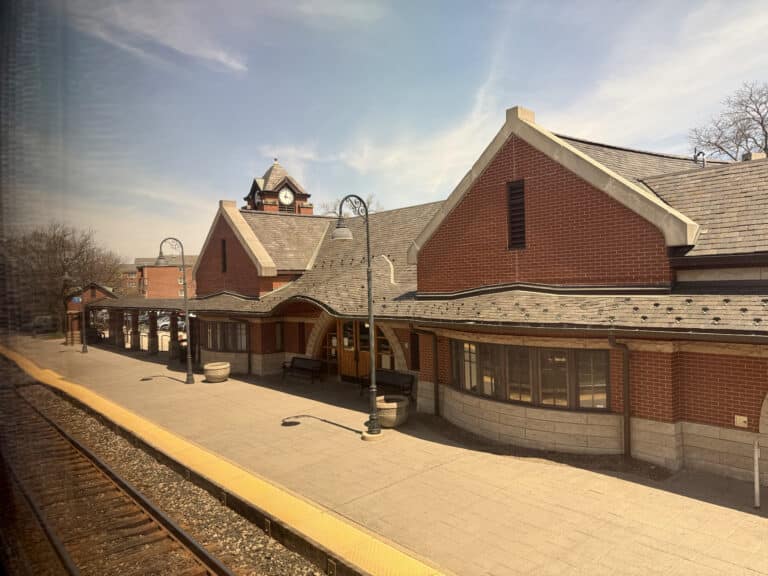
Let’s say you’re riding the Empire Builder eastbound into Chicago. As you approach the city, you might see that Glenview, IL, is listed as a discharge-only stop. If you’re already on the train, you can get off there, but no one else will be getting on.
Conversely, Glenview is a receive-only stop when the westbound Empire Builder is leaving Chicago—so you can get on, but not off.
This system enables Amtrak to transport people efficiently into and out of major cities without compromising the train’s primary function as a long-distance service.
For example, on the Empire Builder, Amtrak bypasses stations like Sturtevant and Milwaukee Airport, even though they’re along the route. Why? Because these stations are already well-served by regional trains and commuter options. If long-distance trains stopped at every busy local station, they’d risk turning into commuter trains—and filling up with short-distance riders, making it harder for long-distance passengers to book seats.
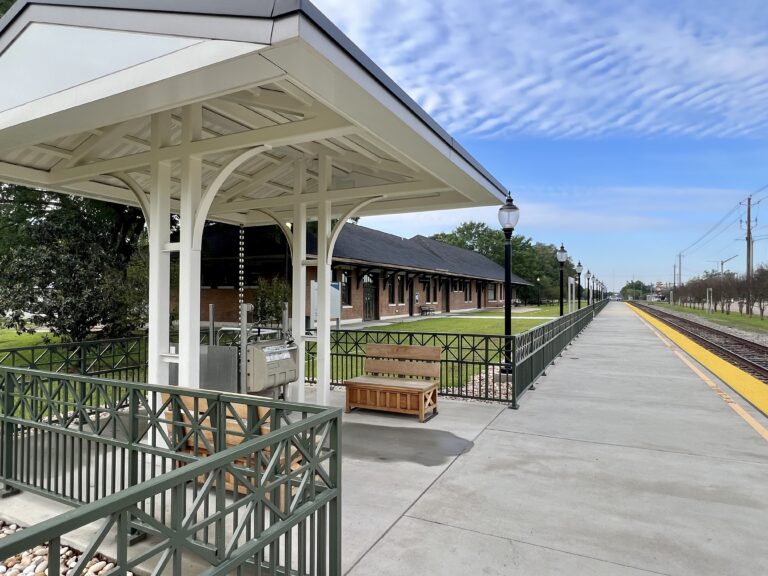
How This Affects You as a Rider
Here’s what you need to know:
- If your origin or destination is a receive-only or discharge-only stop, Amtrak won’t let you book a ticket that breaks the rule, so there’s no need to worry about making a mistake.
- You won’t always be able to get on or off at the most convenient stop.
- Always double-check your station before your trip, especially if someone is picking you up or dropping you off.
Pro Tips from Kev
- Please review your full itinerary when booking. Amtrak clearly shows whether you can board or exit at each stop.
- If you are experiencing booking issues or not getting the desired trip, it may indicate that one of your stops is designated as a receive or discharge-only stop. It is not in the correct direction for your intended destination.
- If you’re meeting a ride at one of these stations, please let them know that these stops are often brief—you may not have much time to linger.
- Expect more of these stops in large metro areas like Chicago or Los Angeles—it’s a regular occurrence.
- Other options may be available at these stations, and Google Maps can help you locate them.
- For example, suppose you came into Chicago on the Floridian and want to get to Naperville, IL. In that case, it’s much easier to take one of the many Amtrak regional trains or Metra commuter trains instead of a long-distance train like the California Zephyr or Southwest Chief.
- Let’s be honest—you don’t need a Roomette for a 28-mile ride!
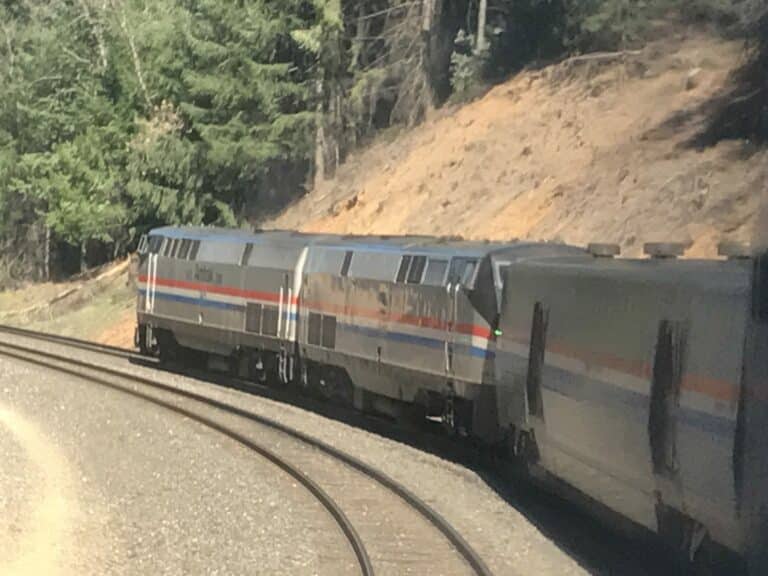
Keep Travels with Kev on Track!
🚂 Hop On Board—It’s Free!
Join my free newsletter and get your hands on the Quick Reference Guide to Amtrak Long-Distance Trains—your go-to resource for train equipment details, dining options, and more.
You’ll also receive insider travel tips, Amtrak updates, and exclusive content—delivered straight to your inbox.
💌 Help Keep Travels with Kev on Track!
If you’ve found my tips helpful, consider supporting my work on Patreon. For just $ 5 per month, you’ll receive a limited-edition postcard featuring photos from my travels.
Or, check out my Support Page for other ways to contribute—whether through a wish list item or a one-time donation, every bit helps keep the journey rolling.
👉 Don’t miss the ride—join the adventure today!
Final Thought
“Receive only” and “discharge only” stops might sound confusing at first, but they’re just tools to help Amtrak keep trains running smoothly and on time (or even ahead of schedule!).
You’re one step closer to traveling like a pro now that you know what they’re talking about.
Ready to Ride?
Check out my Amtrak Boarding Guide or other posts to help First-Time Amtrak Travelers feel even more confident before your next adventure!
If you’ve enjoyed or learned from this site, consider supporting it and my work.
Love Train Travel?
🚆 Love Train Travel? Stay Connected in Two Easy Ways!
✉️ Join My Free Newsletter – Be the first to know about Amtrak news, insider tips, and exciting travel opportunities.
When you sign up for the newsletter, you’ll also receive a free Quick Reference Guide to Amtrak Long-Distance Trains—packed with details on train equipment, dining options, and more.
➡️ Sign up today and start planning smarter, smoother train adventures!
❤️ Want to support my work? Every bit of help keeps Travels with Kev rolling—check out my Support Page or join me on Patreon!

